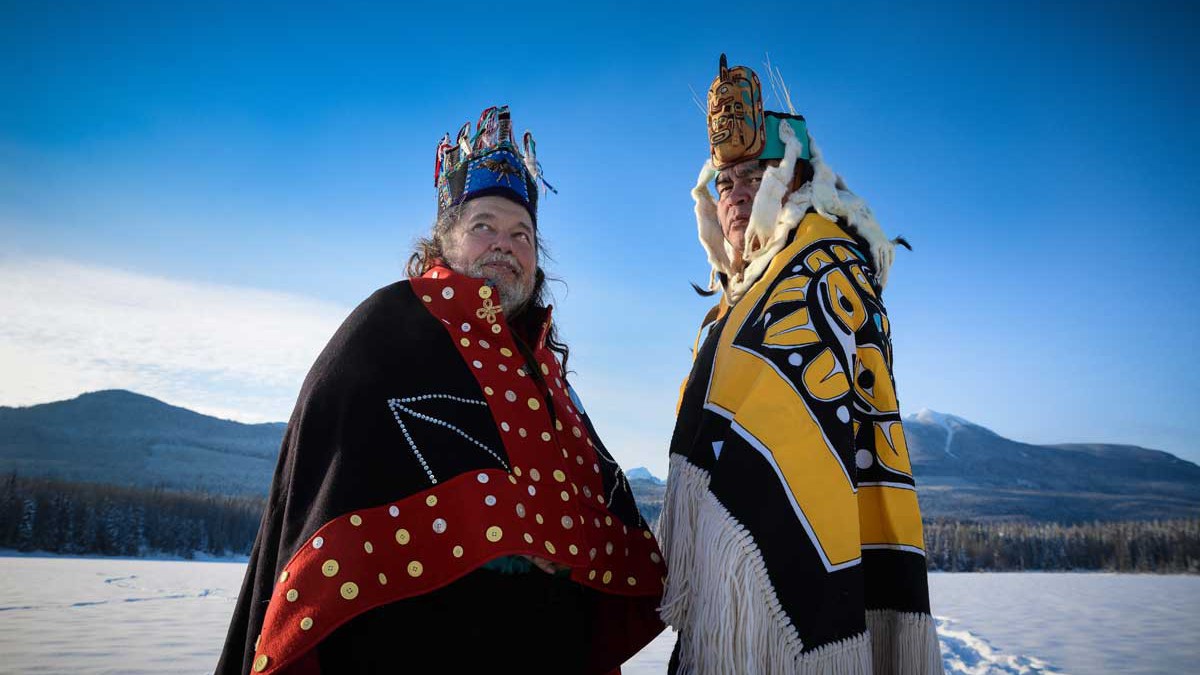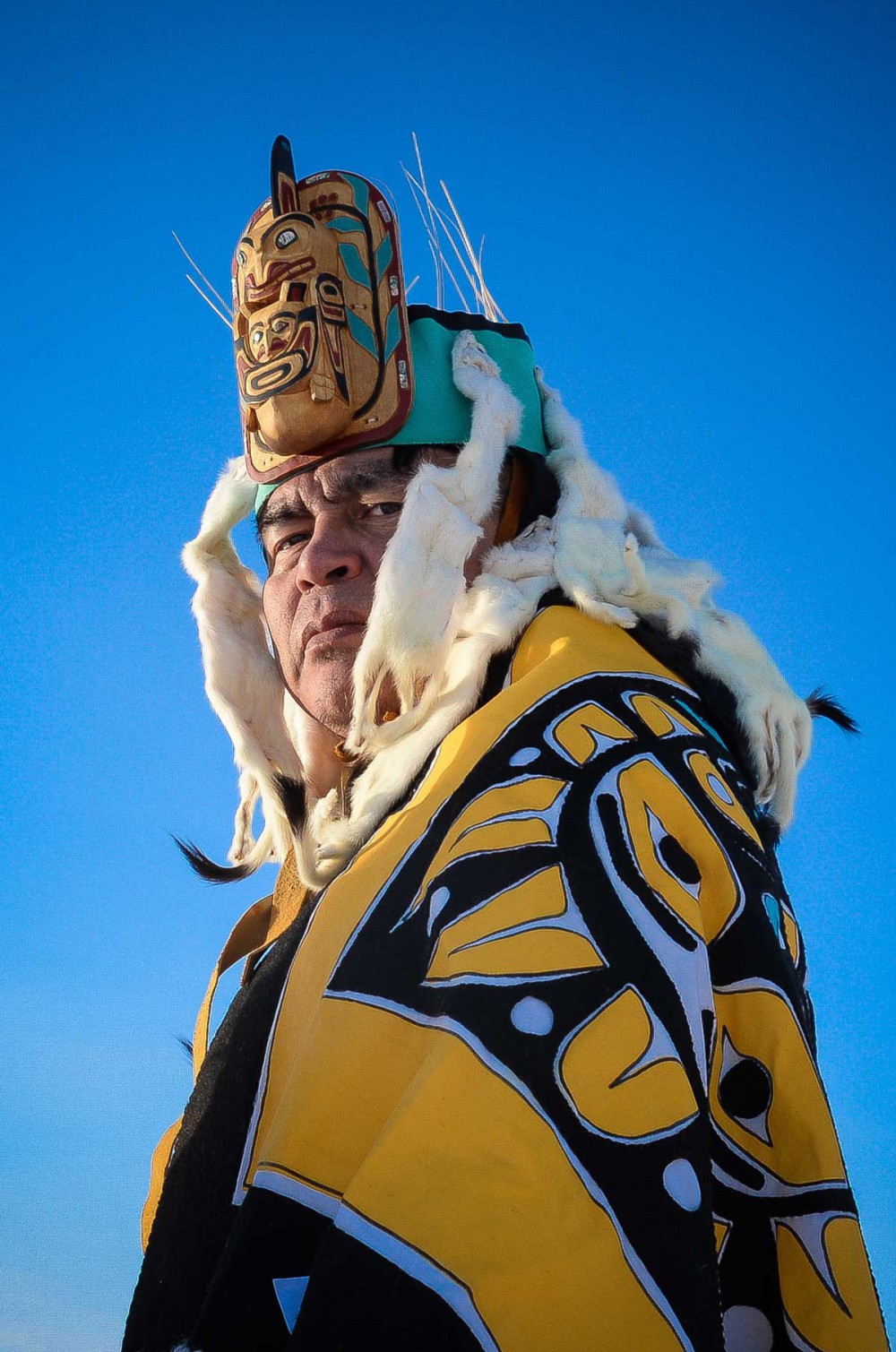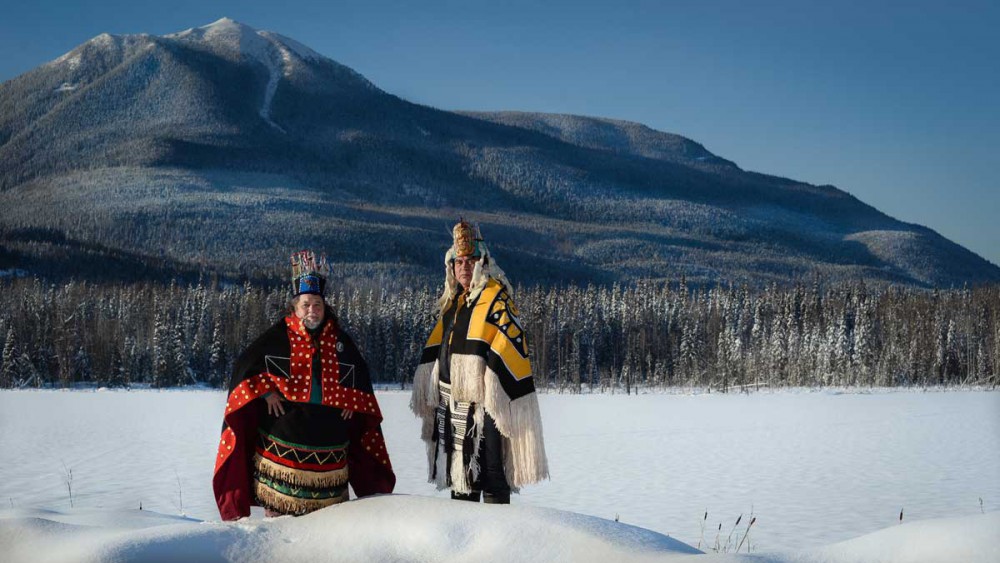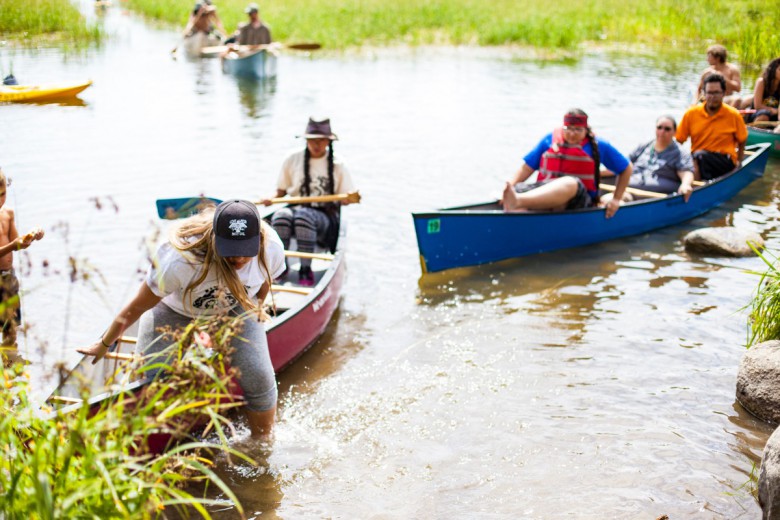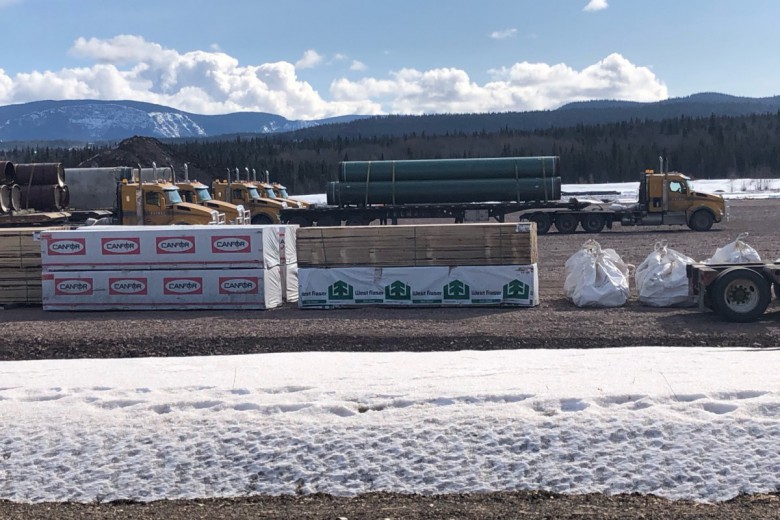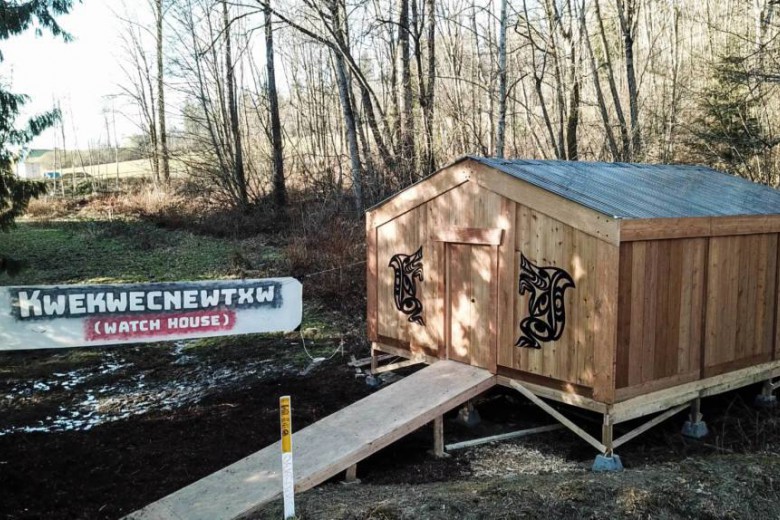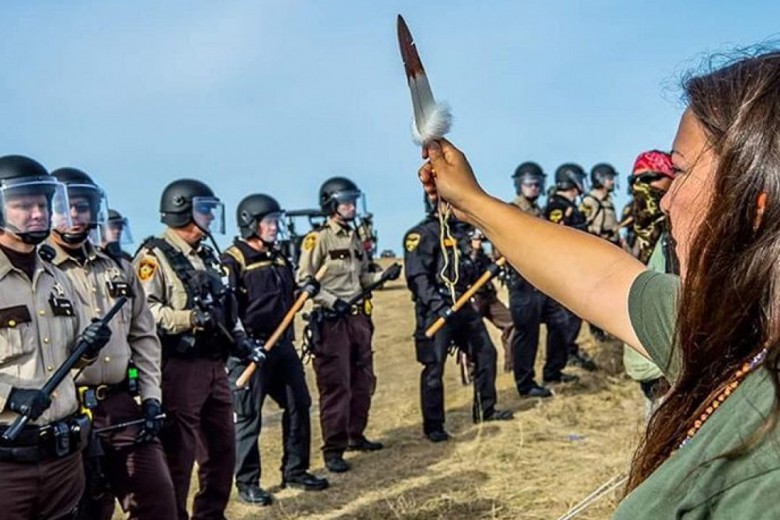For the last nine years, on the shores of the Wedzin Kwah, land defenders of the Wet’suwet’en nation have been reoccupying their traditional territory.
Smogelgem is the head chief of the Likhts’amisyu clan of the Wet’suwet’en nation. For eight years, he served as a logistical coordinator for the Unist’ot’en camp, helping build the camp’s infrastructure and sharing his knowledge of hunting and trapping.
Now, Smogelgem and others from his clan are setting up a new camp on Likhts’amisyu territory, about two hours’ drive east of the Unist’ot’en camp. The Sovereign Likhts’amisyu camp, like the Unist’ot’en camp, will sit in the way of the proposed route of TransCanada’s Coastal GasLink (CGL) pipeline – part of a nearly $40-billion infrastructure project, it’s the largest private-sector investment in Canadian history.
“We need to begin protecting all of our territories – we can’t just depend on Unist’ot’en to do that,” he tells me in a phone interview. “So, like, the Gitumden [clan], they just jumped in and did it. When the raid was being proposed against the Unist’ot’en people, they decided to jump in and stop the police and act as a buffer from [them] attacking Unist’ot’en camp.” With the addition of the Sovereign Likhts’amisyu camp, four of the five Wet’suwet’en clans will have begun initiatives to stop the pipeline from passing through their lands.
“We’ve never given it up to anybody,” he emphasizes. “If you travel out to any of our territories, you’re going to find nothing but barren landscape, because the majority of our territories are logged. Our medicine patches, our hunting grounds, our trapping grounds, our trails that meandered through our territories, that brought us from campsite to campsite so that we can harvest resources and sustain ourselves off our lands – those are all destroyed. So we’re left with the remnants of what the colonial state has left. And it’s just a big mess. So now we have to try and be the true stewards of those lands, and to reoccupy them, and find ways to save what is left of our lands before it completely gets destroyed – and that means stopping pipelines.”
I ask Smogelgem if he knows what the just transition framework is. “No,” he laughs, “I’ve been living in the bush for eight years. You’ll have to explain it to me.”
“At its most stripped-down,” I explain, “it can mean ‘stopping the bad and building the good,’” a rough paraphrasing of the Climate Justice Alliance’s definition.
“That’s exactly what we’re doing,” he agrees.
It’s late February when I interview him, and Smogelgem tells me he wants to begin construction on the new camp as soon as the ground thaws. He says the new camp will have infrastructure similar to that of the Unist’ot’en camp, but a different focus, serving as a climate change research centre and education facility. “I want to attract academics from all over the world who have been heavily involved in researching climate change,” he says.
“Some of the most respected academics that I’ve met over the years have approached me and said, ‘We want to see more change. We want to see more things happen on the ground.’ […] What we need is people who can put together solutions on how we can make these things happen.”
He foresees academic meetings and conferences being held at the new camp, but he also hopes to develop education modules for youth, to teach them about the impacts of resource extraction on climate change and biodiversity.
After years of settler governments colluding with corporations to dig up, burn, frack, clear cut, and pollute Indigenous lands and waters, Smogelgem is certain that “Indigenous peoples are the only ones that are capable of managing these places effectively.”
“I can’t trust the state,” he says when I bring up the pressure for governments to adopt transformative climate policy like a Green New Deal. He has good reason to be wary, after a federal government document called the Unist’ot’en camp a risk to Canada’s “national interest” and one of its leaders an “aboriginal extremist.”
“Their number-one job over the last 13, 14 years now, has been the expansion of the tarsands,” he adds. “And even over the last eight or nine years it’s been the expansion of the LNG [liquefied natural gas] industry.”
He hopes that the camp will serve as a model for other Indigenous peoples to begin reoccupying their lands and resisting resource extraction. “I think Indigenous people are just going to take it upon ourselves to move out onto our territories in a massive exodus, and to begin bringing back the old teachings of our ancestors from before the disease epidemics, before the Indian residential schools.”
To orchestrate this kind of large-scale reoccupation, it’s important that land defenders can make their camps self-sufficient. While Smogelgem was at the Unist’ot’en camp, the camp relied on the expertise of settlers who visited and could help with things like construction and gardening. But those settlers came for brief stays. “We found it very difficult to create something that was going to be sustainable in the long term, with people who would come for a short period,” he notes.
The big difference with the new camp is that “we’re going to be bringing a lot of our own [Likhts’amisyu] people in to stay with us long-term,” he explains. “These people will become the permaculture experts. They’ll become the ones that know the logistical process of being self-sustaining on the land, not only in the summer seasons but also the winter seasons.”
“As Indigenous peoples, this is where we come from,” he adds. “There’s a genuine connection that we have with the land. It’s not an abstract or ideological process. This is something that’s quite tangible. We can feel it; it’s in the soil.”


